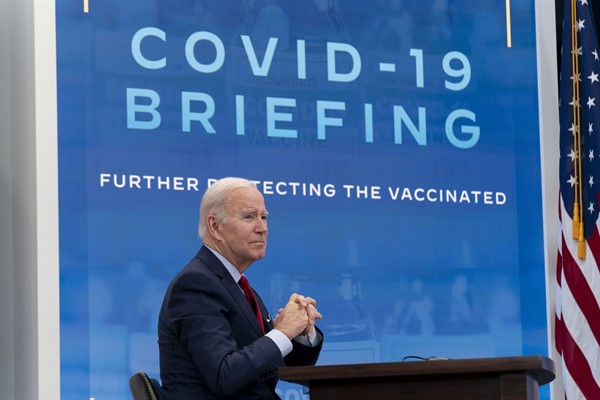With the explosive spread of the omicron variant throughout the U.S., Europe and elsewhere, the coronavirus pandemic seems to be entering yet another new phase that is generating as much uncertainty as all the previous ones that have preceded it. Once again, the habits of thought and preventive reflexes acquired over the course of the past two years are being called into question, this time by the new variant’s ability to evade immunity—whether from vaccines or previous infections—as well as its combination of heightened contagiousness and seemingly reduced severity.
That combination has raised hopes that COVID-19 is now transitioning from a dangerous pandemic to an endemic disease similar to other common, if still deadly, seasonal respiratory illnesses, like the flu. But those hopes might be outstripping the data on omicron, which remains preliminary. And even if its mortality rate does end up being lower than previous variants, the fear is that the sheer number of new infections could end up leading once again to overwhelmed health care systems and mass fatalities.
Nevertheless, with widespread pandemic fatigue seeming to have set in among publics in Europe, the U.S. and elsewhere, leaders might find it more difficult to reimpose the kinds of restrictive measures that were rolled out during previous waves.

